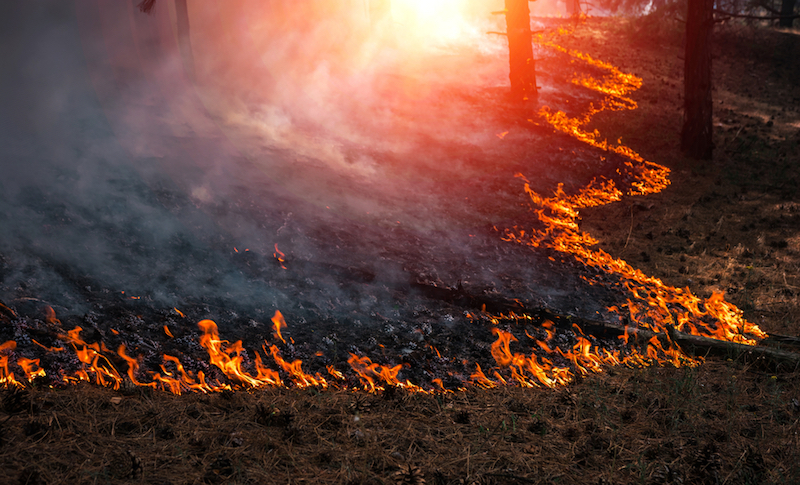The Mendocino Complex fire in Northern California just made dubious history as the state’s largest-ever blaze.
It’s becoming commonplace that wildfires across the Golden State engulf homes, scorch heirlooms and family photos, and claim lives.
The reason these wildfires seem more destructive is that people and fires are coming together, experts say.
“It’s the ‘expanding bull’s eye’ effect,” geographer Stephen M. Strader of Villanova University told The Mercury News. “Cities are moving into regions where there were no people before.”
Strader, who tracks population growth, published a new analysis in the journal Natural Hazards, finding a 1,000 percent increase in the number of western U.S. homes at risk from a wildfire over the past 50 years – from about 607,000 in 1940 to 6.7 million in 2010.
About one-third of Californians live in areas where homes co-mingle with wildlands, called the wildland-urban interface. For instance, the entire city of Chico sits in that transitional zone between unoccupied land and human development.
“This is a people problem,” fire scientist with the U.S. Geological Survey Jon Keeley told The Mercury News. “What’s changing is not the fires themselves but the fact that we have more and more people at risk.”
Read about another significant factor that’s causing the wildfire problem to get worse at mercurynews.com.


